Emergency, be prepared! In outdoor, being able to send an SOS signal can make the difference between life and death.
The most simple solution is using a mobile phone, but if you don’t have coverage, what are the devices and tools available, and how to send a SOS signal?
Be prepared means also having good quality equipment.
Discover and compare jackets or compare tents that protect you from the elements. Easy, fast, and free!

The first step for being rescued is letting know about the emergency situation, the second step is being localized.
The options are to use technology like a Personal Locator Beacon or a Satellite Messenger. If there isn’t the luxury of such systems then there are a number of internationally recognized distress signals that you can send using light and noise.
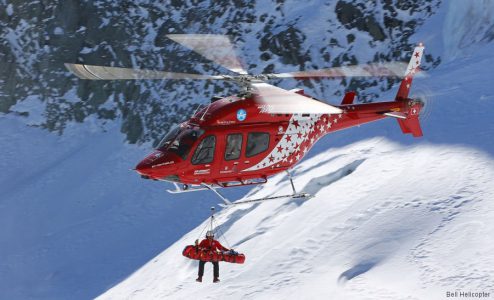
SOS meaning
The letters SOS stand for Save Our Souls. This is the SOS meaning.
Once you’ve launched a SOS signal, the rescue team put their life in danger to help you. Remember to:
- If you have an electronic device, NEVER EVER try to send SOS signal to test it.
- If you write some visible distress messages, MUST destroy these signals if rescued. They will go on working long after you have gone.
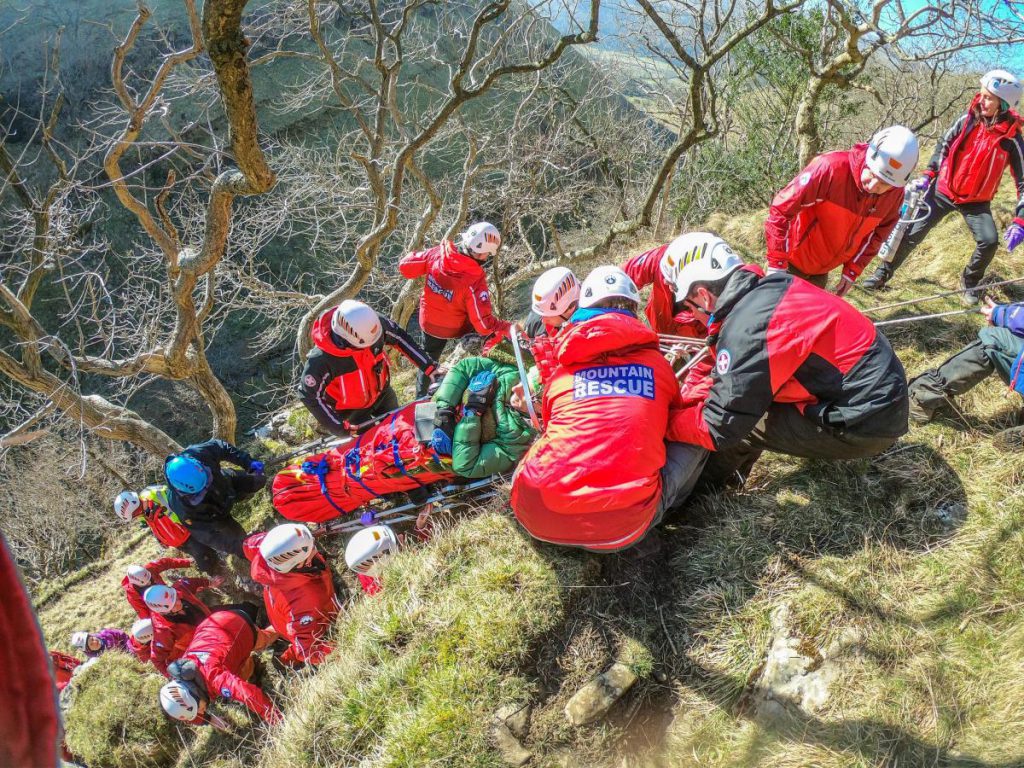
Emergency, be prepared
During stressful and dangerous situations don’t rely upon your memory.
On satellite devices the instructions are simple and written on top of them.
Carry a copy of the local emergency phone number or Morse code on your person. Even if you are a regular user and know it backwards others may need it who do not.
Mobile phone
When you have coverage, cellphones are a reliable emergency signaling device. You can often send and receive SOS text messages when reception isn’t good enough for calls.
When you arrive in a foreign country, write down the local emergency number when you learn it.
SOS signal in remote areas
If you’re traveling solo or to very remote locations, you might consider carrying a life-and-limb-saving tools that allows you to send an SOS request if something serious happens.
There are two electronic devices that will work from most of the remote places in the world via satellite and you can carry with you: Personal Locator Beacon and Satellite messenger.
There are two basic kinds – one type sends out a distress signal that sends your coordinates to emergency services so they can come get you. The other type is an actual communication device, which can make calls and/or send text messages to anyone via satellite. Either one will let you reach out for help.
The devices may not be held in the best position to find satellites and communication is hindered as the person walks under thick tree canopies, close to cliff faces or down into canyons where the sky is obscured. Both devices require a clear sky to send the SOS signal.
If you never venture too far off the cellular grid, then you probably don’t need a satellite device. On the other hand, if you’re in the wilderness under certain circumstances, reliable communication could be the difference between life and death.
Personal Locator Beacon
A personal locator beacon (PLB) is a small portable transmitter and it has only one function, it sends out a powerful one-way and one-time distress signal with your coordinates to emergency services.
Once the signal is initiated, there is no turning back – help is coming whether you still need it or not, consequently the distress signal should only be used in life-and-death scenarios when self-rescue is not possible.
There is no messaging feature with a PLB, and no subscriptions are required.
Satellite messenger
Similar to PLBs, satellite messengers send out an emergency distress signal that can alert authorities of your location.
Moreover, it also utilizes a two-way communication with the rescue team or familiars at home. This feature helps to understand the gravity of emergency (“SOS, I broke my leg”) and provide the feedback that the SOS alert is received (“On our way”).
Beside emergency communication, satellite messengers also have a tracking feature that allows others to follow your trip.
Because they use commercial systems to provide SOS features and more, the satellite messengers require a monthly or yearly subscription on top of their purchase price.
Satellite messengers are ideal for hikers and backpackers. Similarly to outdoor explorers who travel to remote areas where there is no mobile phone coverage and want to stay in contact with friends and family at home.
Sight and hearing
When technology is not available, there are simple and valuable alternatives. Consider being noticed or sending SOS messages making noise and visible signals.
The international Morse code can be transmitted by flashing lights on and off, by a simple heliograph, by waving a flag or a shirt tied to a stick or using sound.
The International Mountain Distress Signal, apart from signalling SOS, is six whistles a minute (or six waves, light flashes, etc.) followed by a minute’s silence, then repeated. Three whistles back is the “we’re coming.”
SOS Morse code
Make noise
Noises are a useful way of attracting attention if you know that people are nearby.
Whistles are very effective and they do not weigh so much. Nowadays, many backpacks have whistles builtin in their chest strap.
Consider carrying with you a survival whistle, they are very loud. This is essential in those remote areas. In the market are available whistles for SOS:
Visible signals
If the distress call or localization needs to cover greater distances, attracting attention via visual sign should be considered as the main option.
Light signals
A flash can be seen at a great distance and even when you do not have a specific contact to aim at, it may attract someone’s attention. It’s worth trying since it requires little energy.
Use the sun and a reflector to flash light signals. Any shiny object will serve—polish a tin lid, glasses, a piece of foil—though a hand-mirror is best.
In the darkness, a torch, a headlamp and even a smartphone can be used for making signals for seeking help.
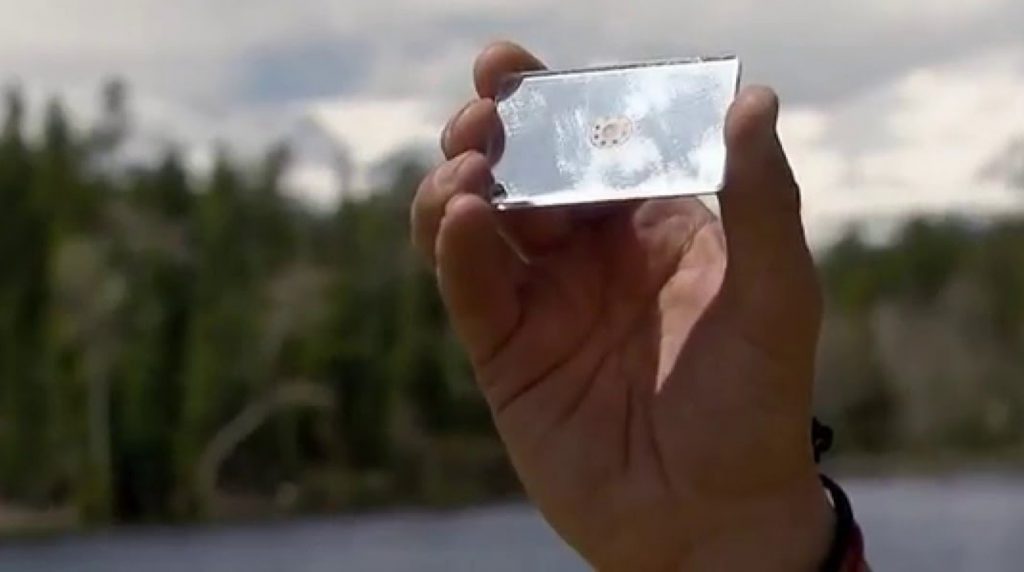
If a plane approaches closely make intermittent flashes or you may dazzle the pilot. Once you are certain you have been seen, stop signalling.
Sustained flashes are dashes and quick ones dots. If you do not know Morse code, even random flashes should attract attention.
Fire and smoke Fire signals
After sending the SOS signal, with fire and smoke to attract to rescue team and lead them to your position. Other than keeping you warm and boosting morale, smoke and fire are extremely efficient for your localization by rescue from aerial or ground search during the daylight and even darkness.
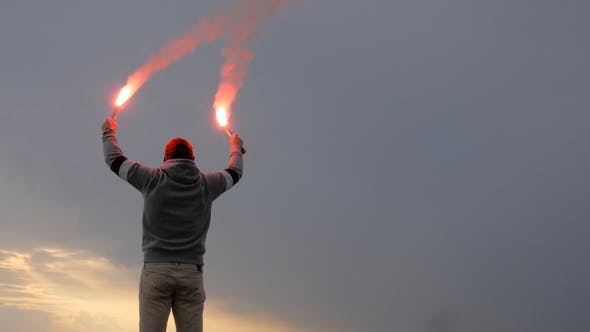
Movement signals
Waive coloured objects, you can use your sleeping bag or your coloured jacket.
Exaggerate each movement with a pole and a figure-of-eight movement to attract more attention.
Increase your visibility for SOS signal
If the situation permits and you are able to keep yourself safe, you can consider these options to increase the visibility and the chances to attract the attention of rescue team or other people:
- choose high points for light signals
- look for an area with open territory or clearly visible from the main roads or trail
- make sure there are no obstacles that decrease your visibility
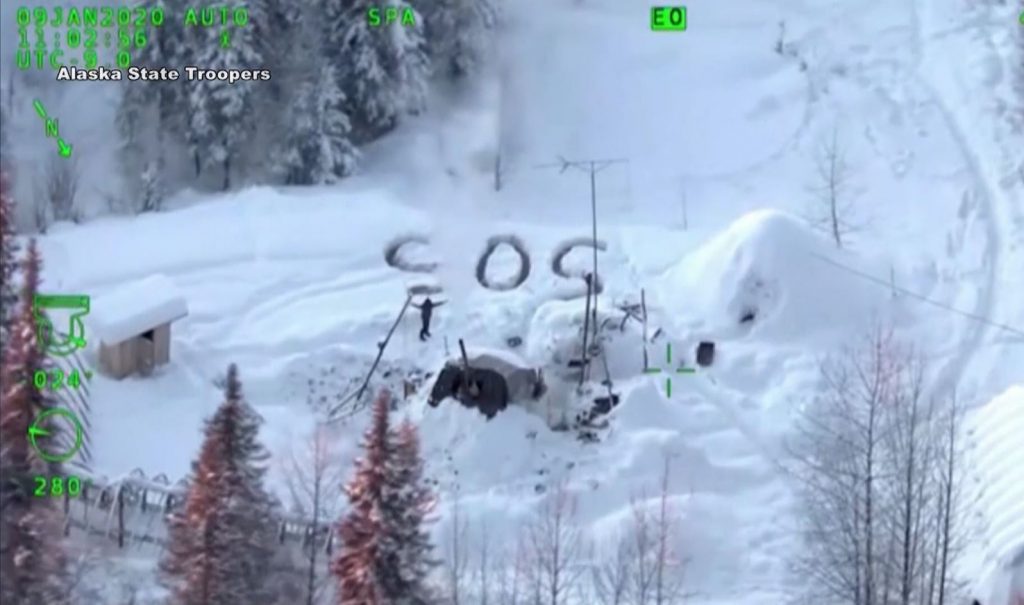
Leaving the area
If you consider leaving the area from where you have sent the SOS signal, remember to leave clear signs behind you.
With this trick, if searchers do track down the emergency spot they have an indication of the route that you have taken.

